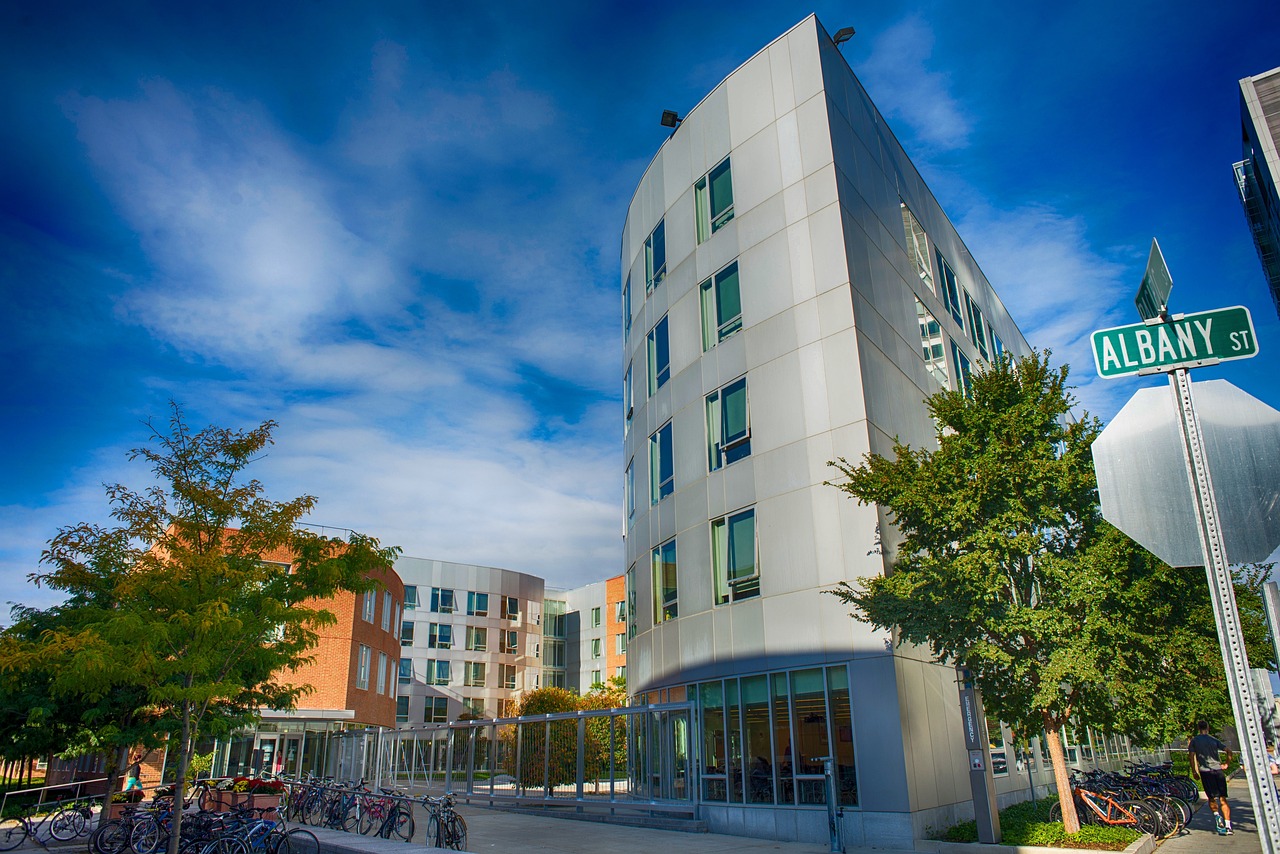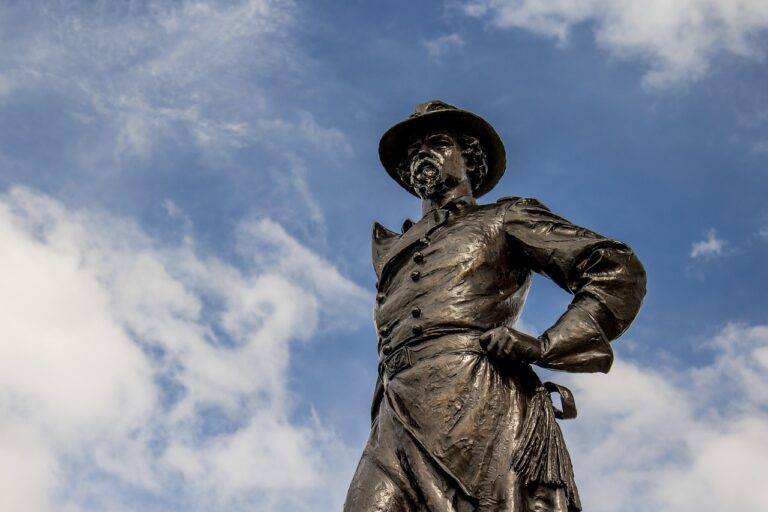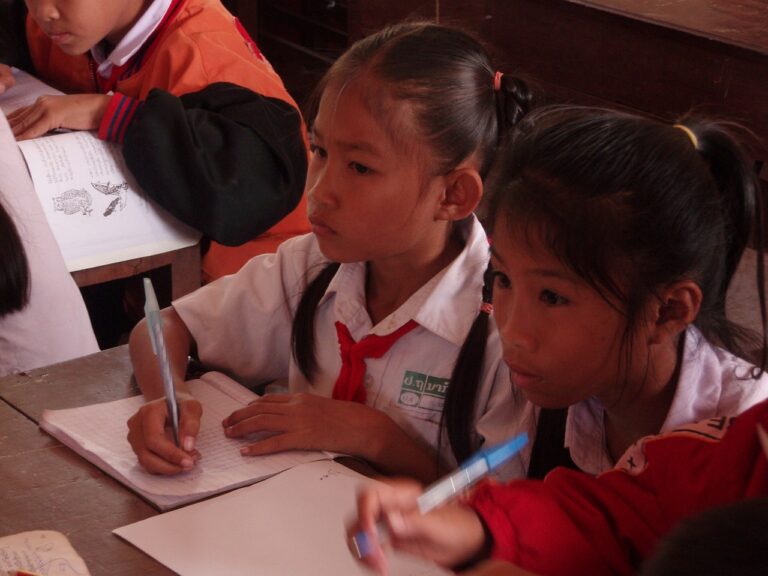Addressing Equity in Access to Advanced Placement (AP) and International Baccalaureate (IB) Programs
Underrepresented students in Advanced Placement (AP) and International Baccalaureate (IB) programs encounter several challenges as they navigate these rigorous academic pathways. One significant hurdle they face is a lack of access to necessary resources and support systems that are essential for success in these advanced courses. Limited access to quality education, parental involvement, and academic guidance often hinder underrepresented students from excelling in AP and IB programs.
Additionally, these students often face cultural barriers that impact their participation in AP and IB courses. Stereotypes and biases within educational institutions can create an unwelcoming environment for underrepresented students, leading to feelings of inadequacy and impostor syndrome. These negative perceptions can hinder their confidence and potentially deter them from enrolling in challenging courses like AP and IB, perpetuating disparities in academic achievement.
Disparities in Enrollment Rates in AP and IB Courses
Access to Advanced Placement (AP) and International Baccalaureate (IB) courses remains unequal among underrepresented students, contributing to disparities in enrollment rates in these programs. Factors such as lack of awareness about the benefits of AP and IB courses, limited resources in schools, and systemic barriers in the educational system can hinder the enrollment of underrepresented students in these rigorous programs. Without adequate access and support, many students from marginalized communities may not have the opportunity to challenge themselves academically and reach their full potential.
Moreover, stereotypes and biases within the education system can also play a role in the disparities in enrollment rates in AP and IB courses. Preconceived notions about the capabilities of certain student groups, as well as assumptions about their likelihood of success in advanced courses, can deter underrepresented students from enrolling in these programs. Addressing these biases and providing equitable access to AP and IB courses are crucial steps towards promoting diversity and inclusivity in these advanced academic settings.
• Lack of awareness about the benefits of AP and IB courses
• Limited resources in schools
• Systemic barriers in the educational system
• Stereotypes and biases within the education system
• Preconceived notions about student capabilities
• Assumptions about likelihood of success in advanced courses
Addressing these issues is essential to promoting diversity and inclusivity in advanced academic settings. By providing equitable access to AP and IB courses, underrepresented students can have the opportunity to challenge themselves academically and reach their full potential. It is crucial for educators, policymakers, and stakeholders to work together to eliminate disparities in enrollment rates and create a more inclusive learning environment for all students.
Barriers Preventing Equal Access to AP and IB Programs
One of the barriers that hinder equal access to AP and IB programs is the lack of awareness among underrepresented students. Many students from marginalized backgrounds may not have the necessary information or support to navigate the complexities of these advanced courses. Without proper guidance, these students may not even consider enrolling in AP or IB programs, perpetuating the disparities in access.
Additionally, financial constraints pose a major obstacle for underrepresented students when it comes to participating in AP and IB courses. The costs associated with exam fees, study materials, and tutoring services can be prohibitive for many students from low-income families. This financial burden can prevent deserving students from taking advantage of these rigorous academic opportunities that could enhance their college prospects.
What are some common challenges faced by underrepresented students in AP and IB programs?
Some common challenges include lack of access to prerequisite courses, limited availability of supportive resources, financial barriers, and a lack of encouragement or support from teachers and counselors.
What do disparities in enrollment rates in AP and IB courses suggest?
Disparities in enrollment rates suggest that certain demographics are being disproportionately represented in these programs, while others are being left behind. This indicates a lack of equal access and opportunities for all students.
What are some of the barriers preventing equal access to AP and IB programs?
Barriers can include structural inequalities within schools, such as limited course offerings, unequal distribution of resources, and biased admission processes. Additionally, socio-economic factors, lack of information and awareness, and institutional biases can also play a role in preventing equal access.







